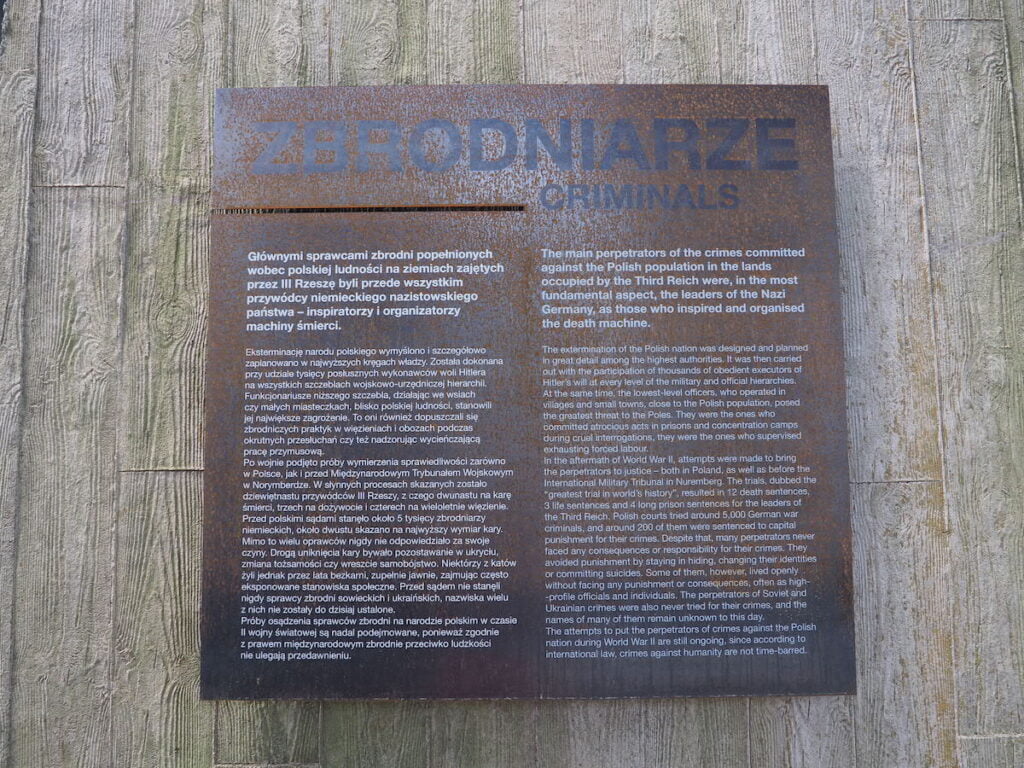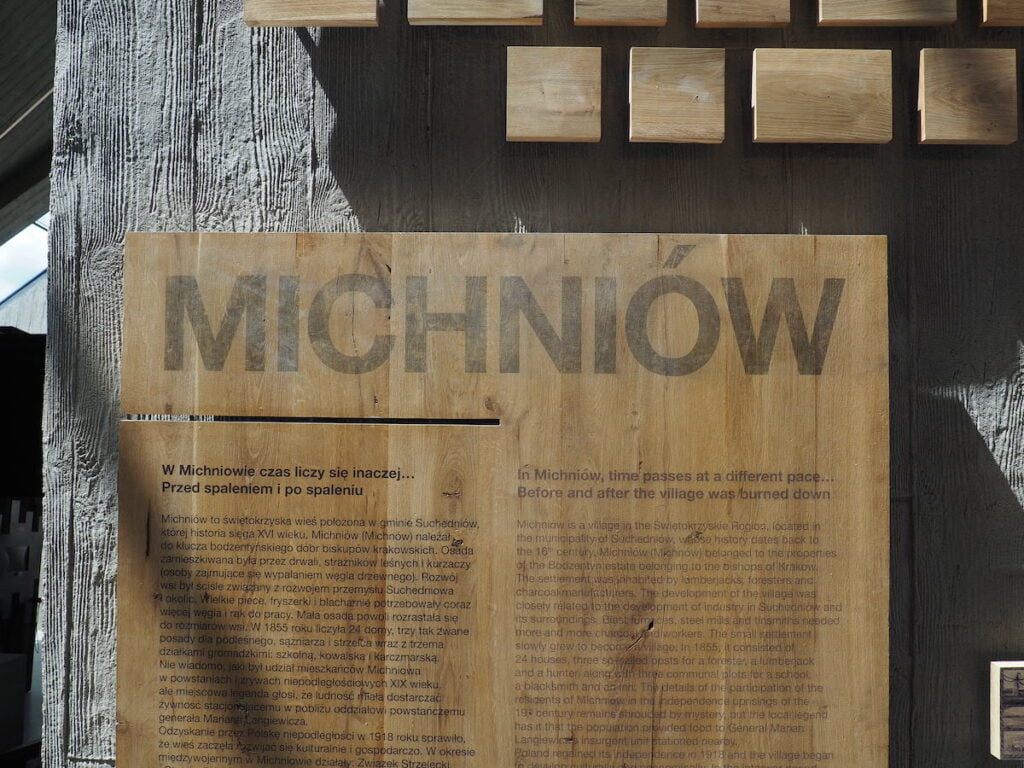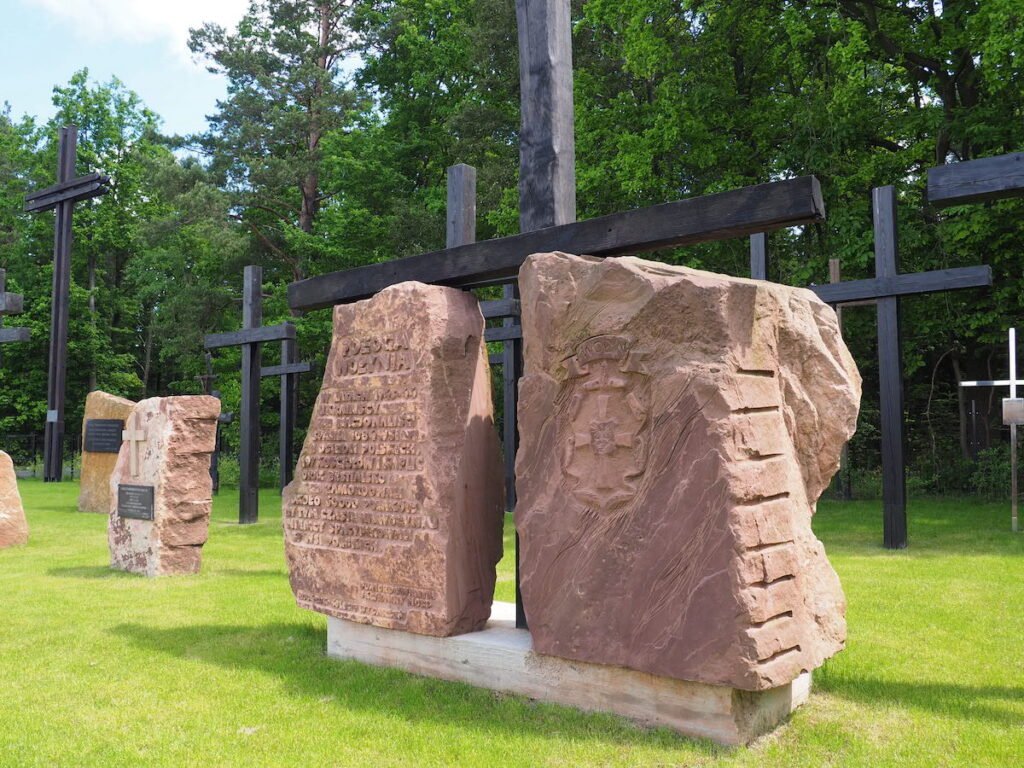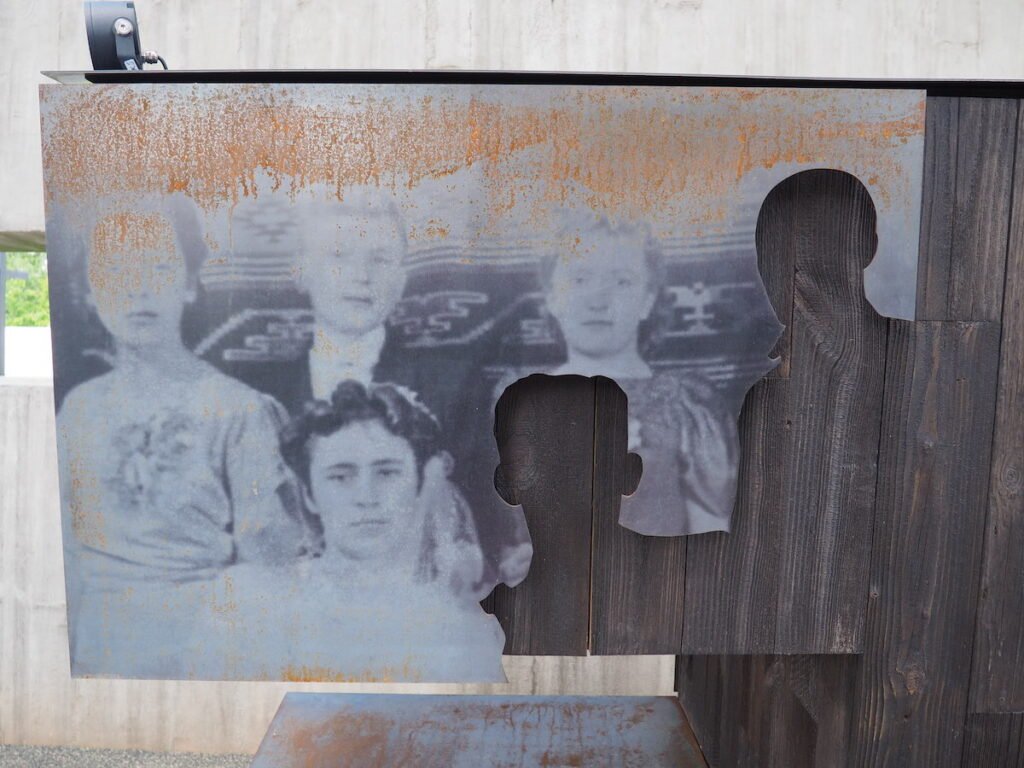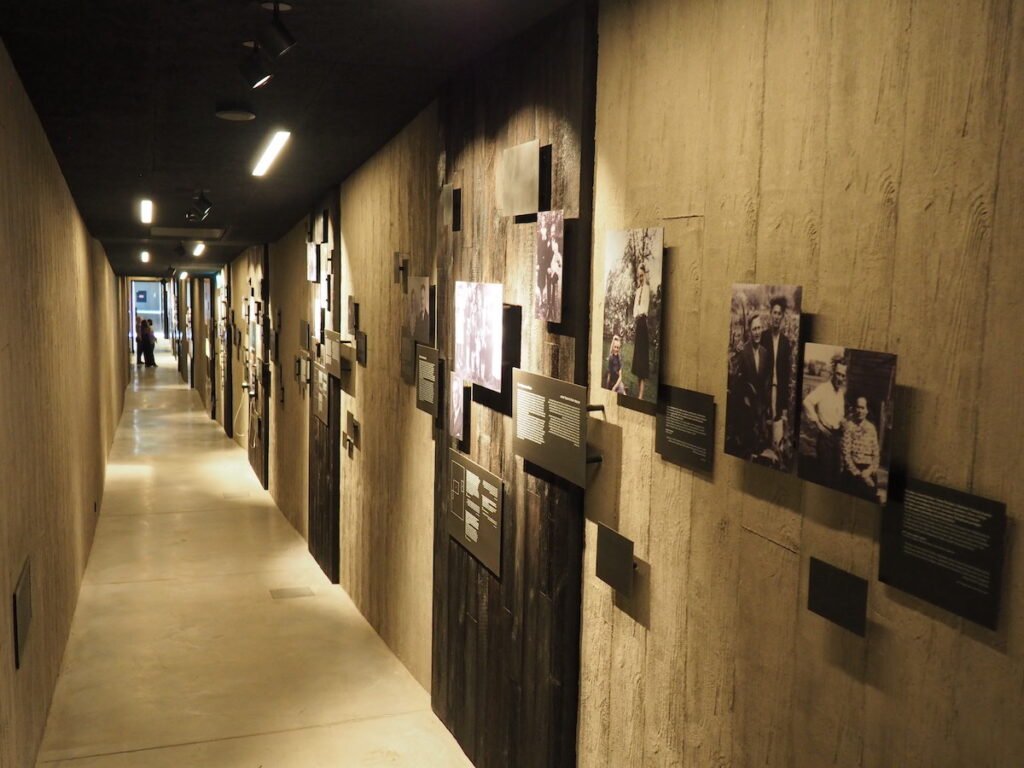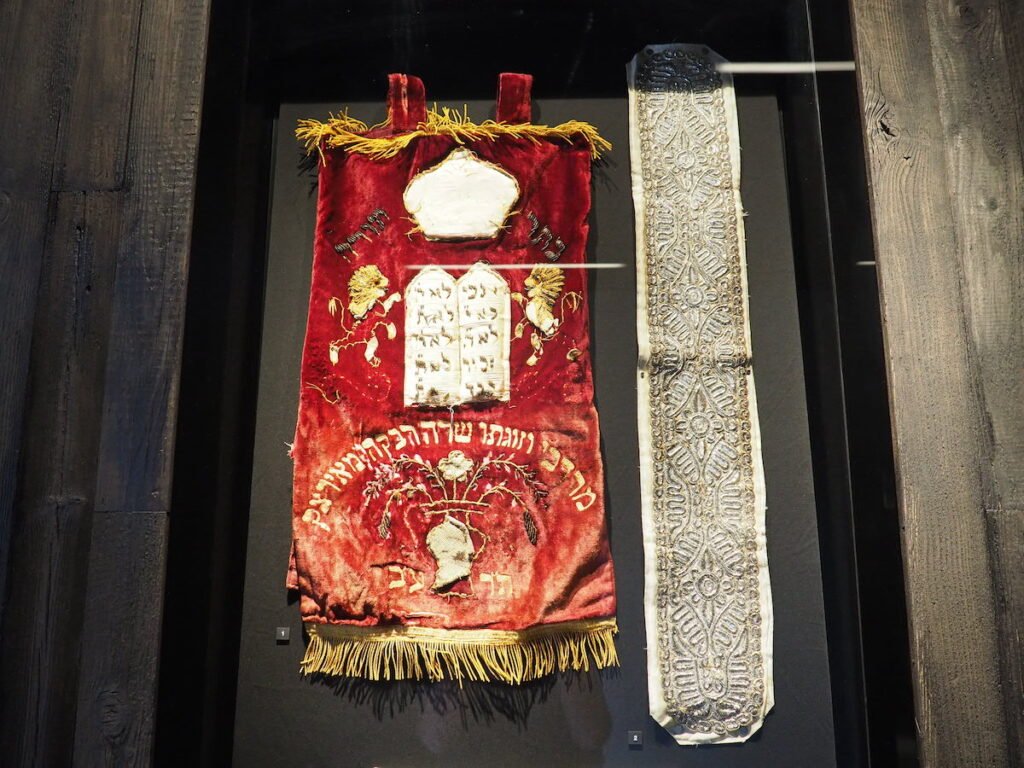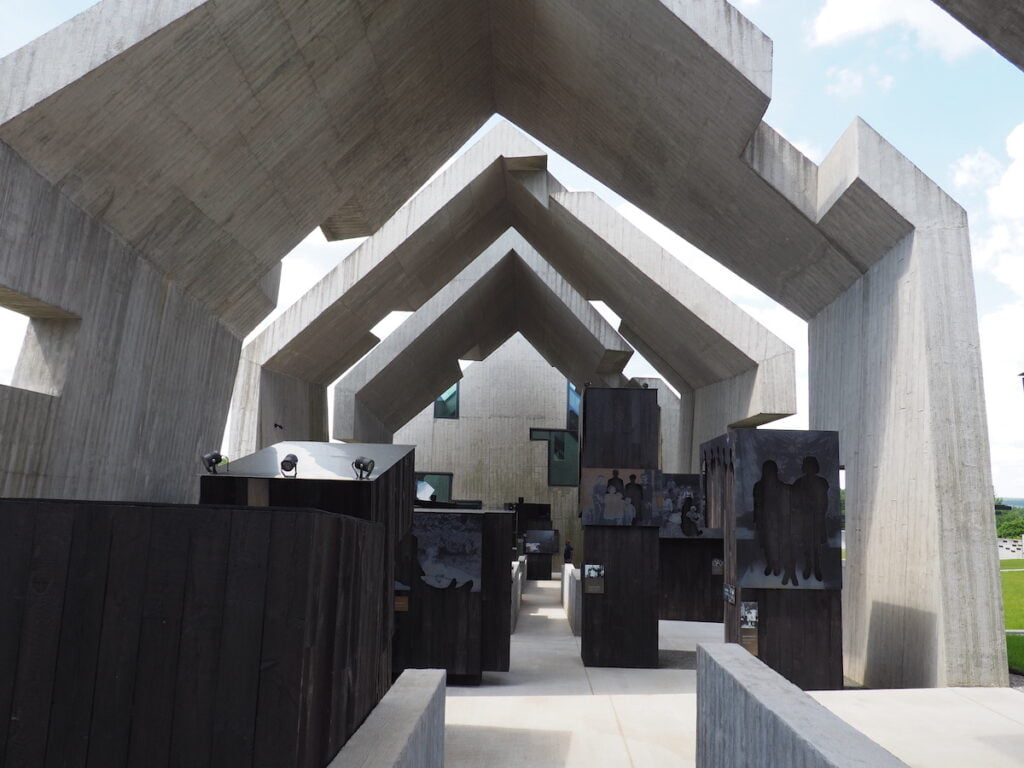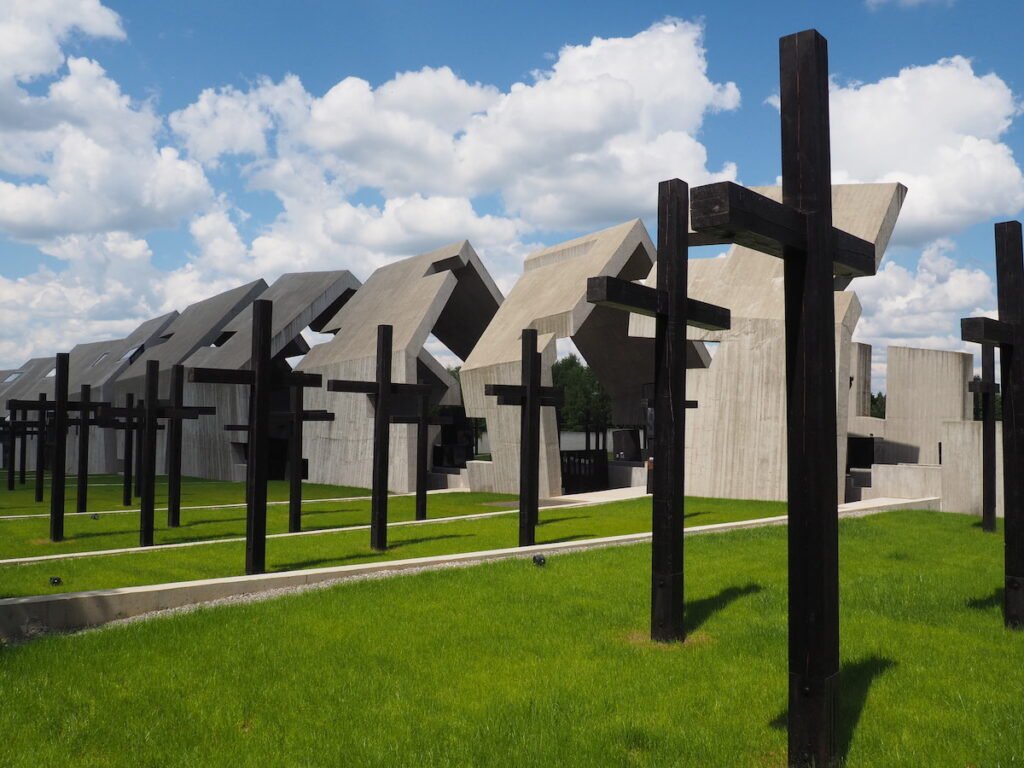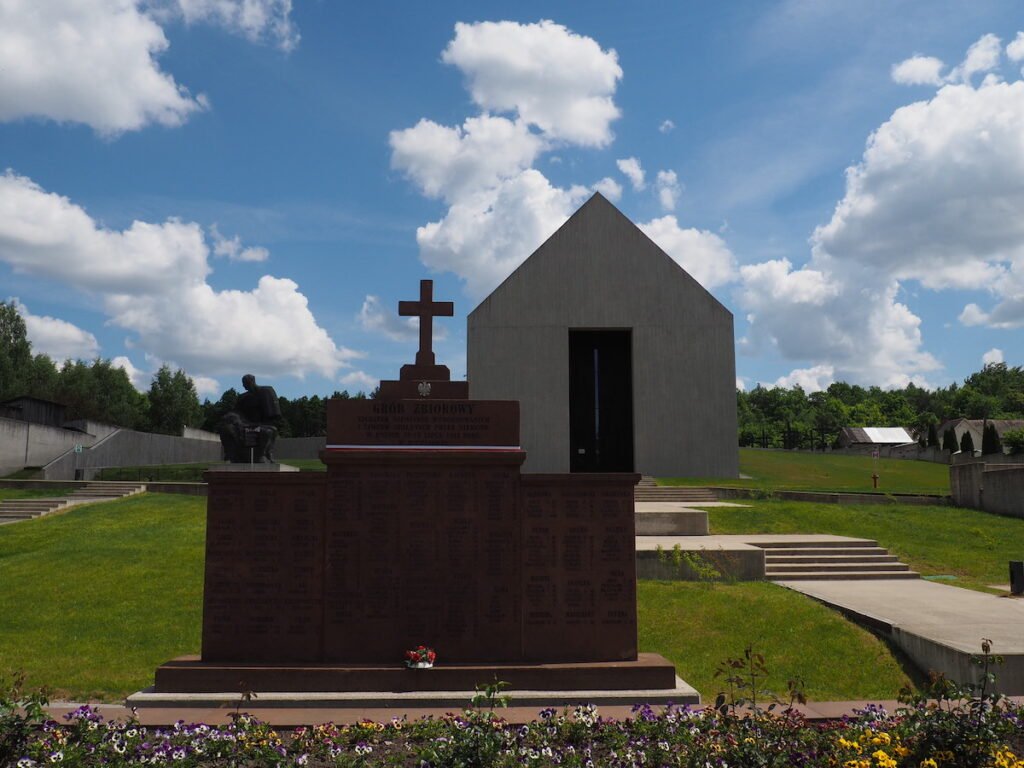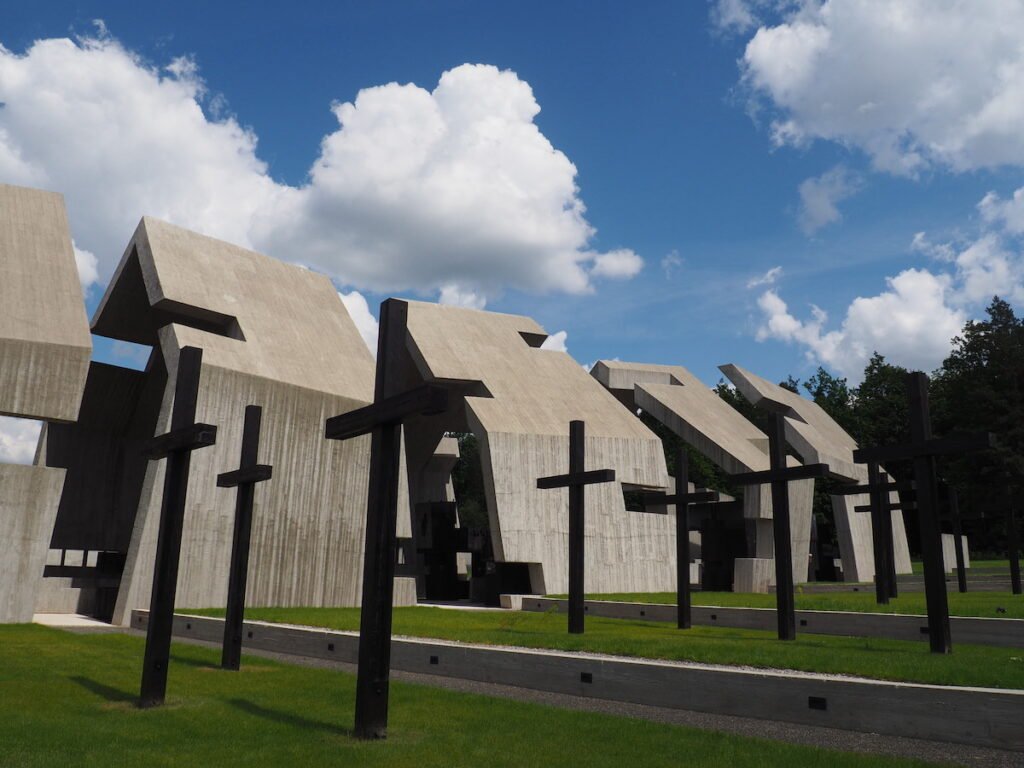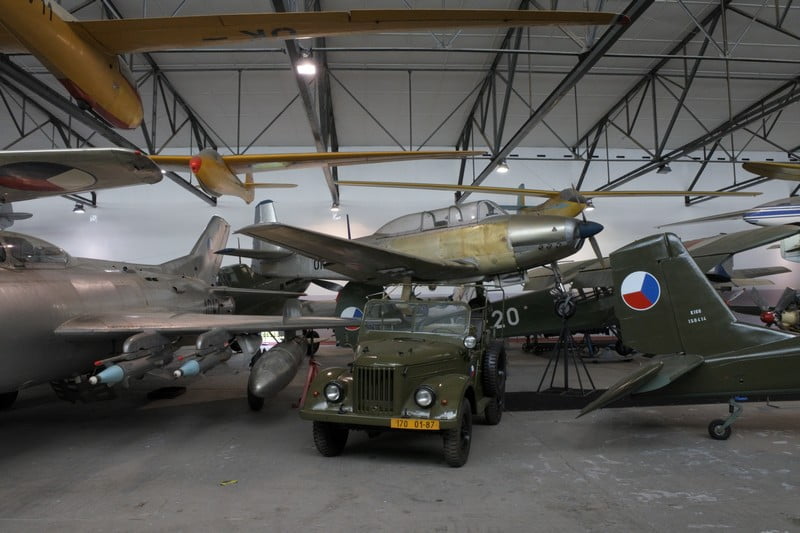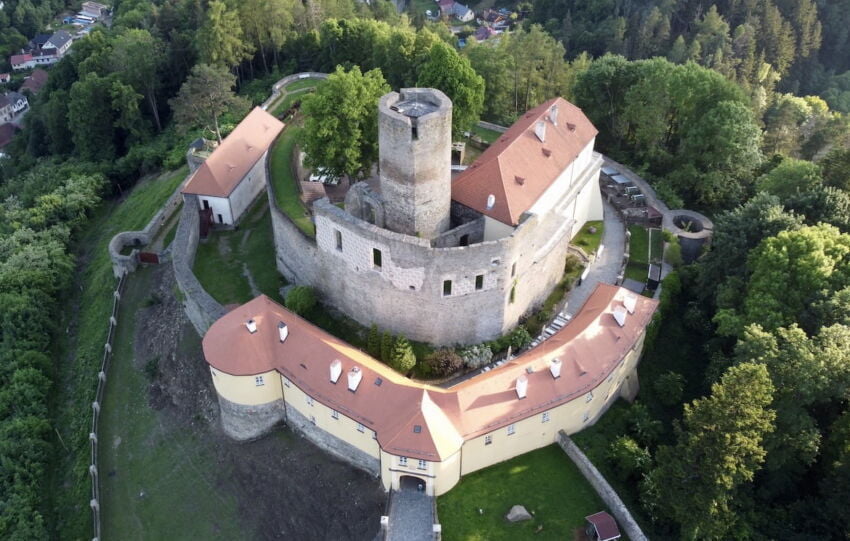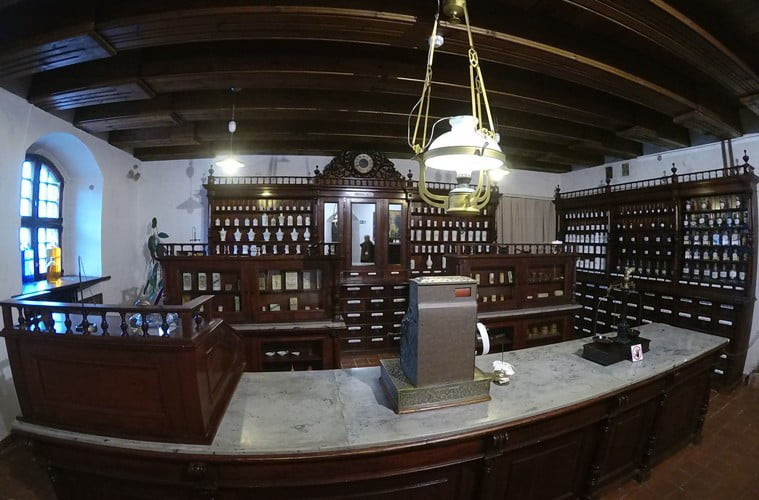Share This Article
Partisan activities in the Świętokrzyskie Region during World War II are significant in polish history. The civilians of villages and towns were also involved in their support. They often sheltered and supported the partisans, but often paid the highest price for it. You will learn about the role of villages in military operations and the fate of many smaller and larger villages at the Mausoleum of Polish Villages Martyrology in Michniów.
Let me start by letting you not be scared by the name, which may not sound appealing to many tourists. I will anticipate what I will write in a moment and tell you that this place is worth visiting because of its interesting content and a very interesting form of communication!
Location
The Mausoleum of Polish Villages Martyrology in Michniów is located in Michniów (Świętokrzyskie Province). It is located about 6 kilometers from Suchedniów, and 30 kilometers from Kielce. There is a parking lot in front of the building where you can leave your car.
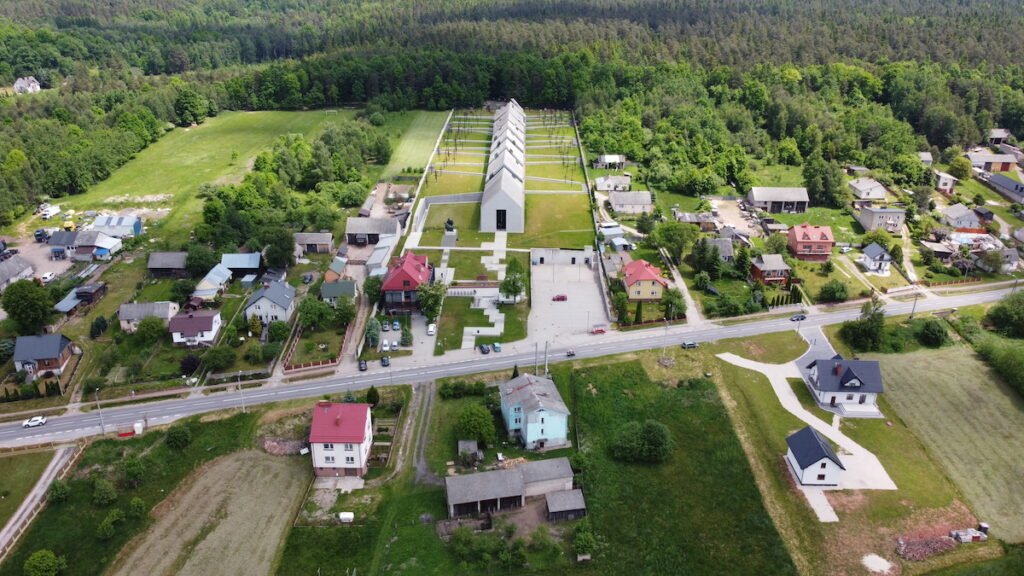
Opening hours and tickets
The Mausoleum of Polish Villages Martyrology in Michniów is open depending on the month:
- January-March – from Tuesday to Sunday – 9.00-17.00
- April-October – Tuesday to Sunday – 9.00-18.00
- November-December – Tuesday to Sunday – 9.00-17.00
Admission to the the Mausoleum of Polish Villages Martyrology is free.
About object
Plans to create the Mausoleum of Struggle and Martyrdom of the Polish Village during World War II existed as early as on 1 1979. They were finalized in 1993, when the “Pieta Michniowska” monument was consecrated on the 50th anniversary of Michniów’s pacification.
In 2010, an agreement was signed between the Kielce Village Museum and the Ministry of Culture and National Heritage for the modernization of the Mausoleum. The author of the reconstruction project was NIZIO International Design – a studio that can boast of very well-known projects in similar areas.
We can admire the effect of their work today. The mausoleum is to resemble a hut that is gradually being degraded. Behind it there are crosses and plaques commemorating the inhabitants of villages from all over Poland. On the wall surrounding the building, there are plaques with the names of villages that shared the fate of Michniów to some extent.
The construction of the facility took 10 years, and during its construction there were various problems that were finally solved. The Mausoleum of Polish Villages Martyrology is part of the Museum of the Kielce Village.
Exposition
The complex includes the grave of the inhabitants of Michniów, the chapel of St. Małgorzata, the House of National Remembrance (offices), Pieta Michniowska and the building of the Mausoleum.
In the latter, we wander through various exhibitions. We start in a huge room with urns with soil from various villages that have suffered similar fates to Michniów. Then we go to the exhibition rooms that deal with topics related to World War II. The exhibition area is over 1,700 square meters. We will learn there about the profiles of war criminals, warfare, the inhabitants of Michniów, but also other villages that suffered as a result of the war.
I was most impressed by the family photos in which some of the characters murdered by the Germans during the Second World War were erased.
In the underground corridor there is an exhibition devoted to Jews during World War II and the Poles who helped them.


Pacification of Michniów
Michniów was one of the many Polish villages (over 800) that suffered during the war. On July 12 and 13, 1943, he was pacified for helping the partisans of the Home Army. More than 200 people were killed then, most of whom were burned alive. About 30 people were deported to Auschwitz or for forced labor. The youngest victim of the pacification was Stefan Dąbrowa, who survived only 9 days.
The pacification action was related to the German retaliation for the partisans’ attack on the German train. Residents who managed to escape could not return to the village. All attempts to return ended tragically. The ashes of the inhabitants were placed in a common grave, and some by the houses they lived in.
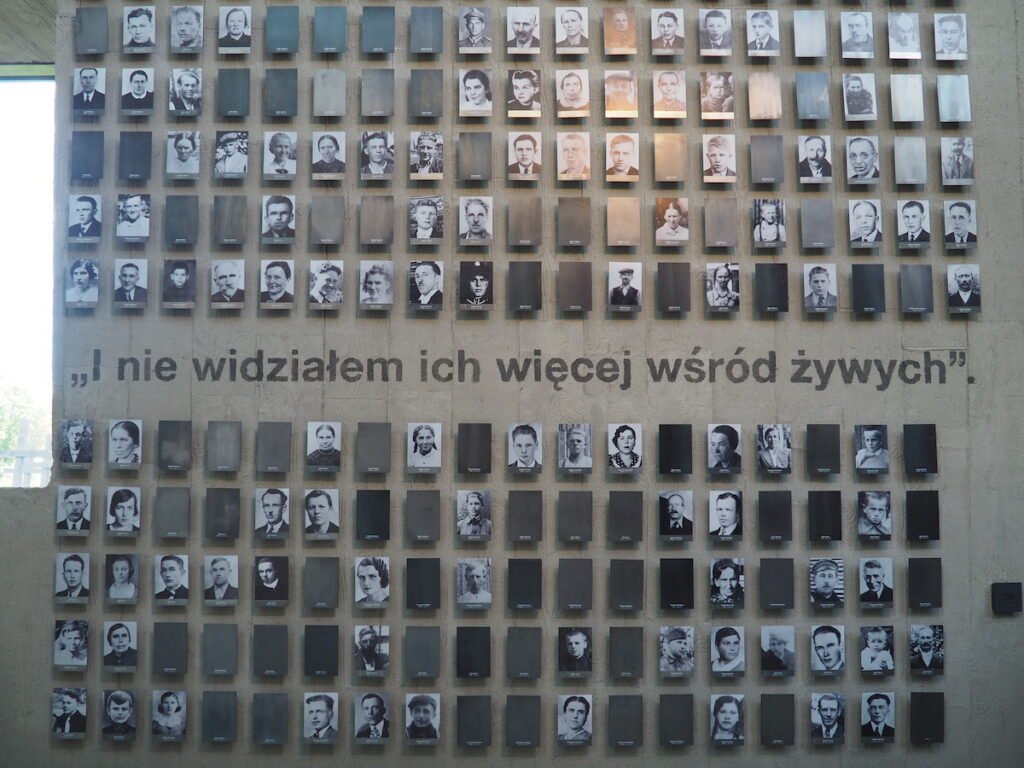
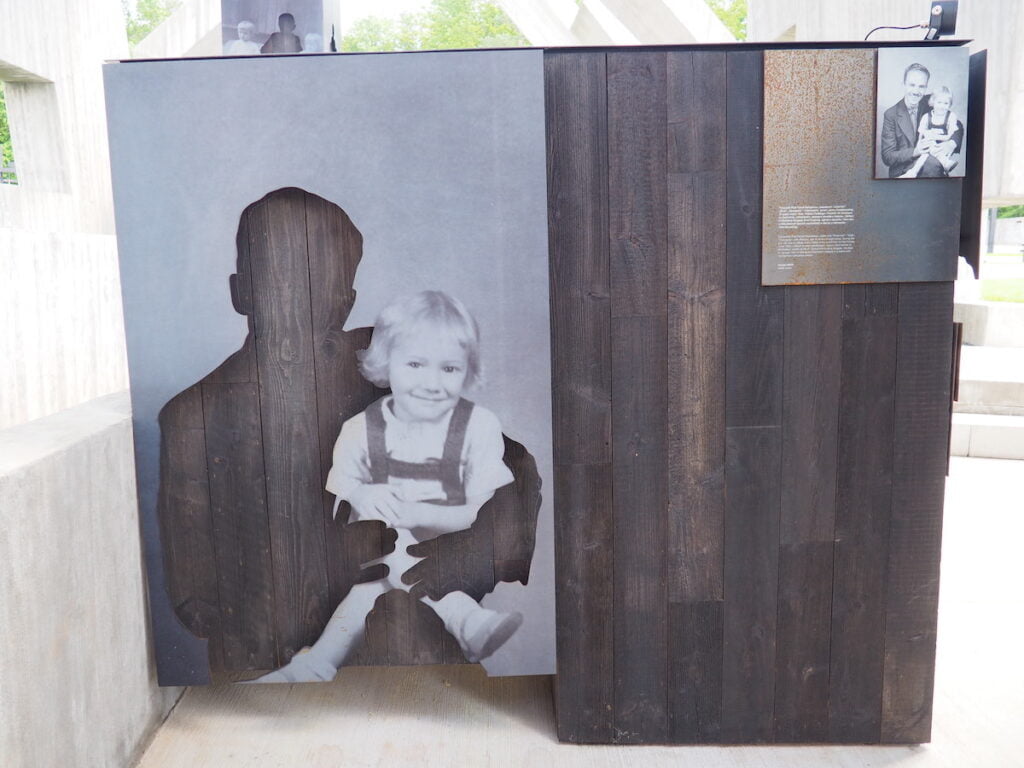
Worth a visit?
The Mausoleum of Polish Villages Martyrology has undergone a huge change. The current exhibition makes a great impression. It is interesting and the presented materials are accessible. The topics discussed at the exhibition give food for thought and people with weak nerves will surely feel it on their own skin. In my opinion, the exhibition is not suitable for visiting with young children – some of the boards and photos presented are difficult.
